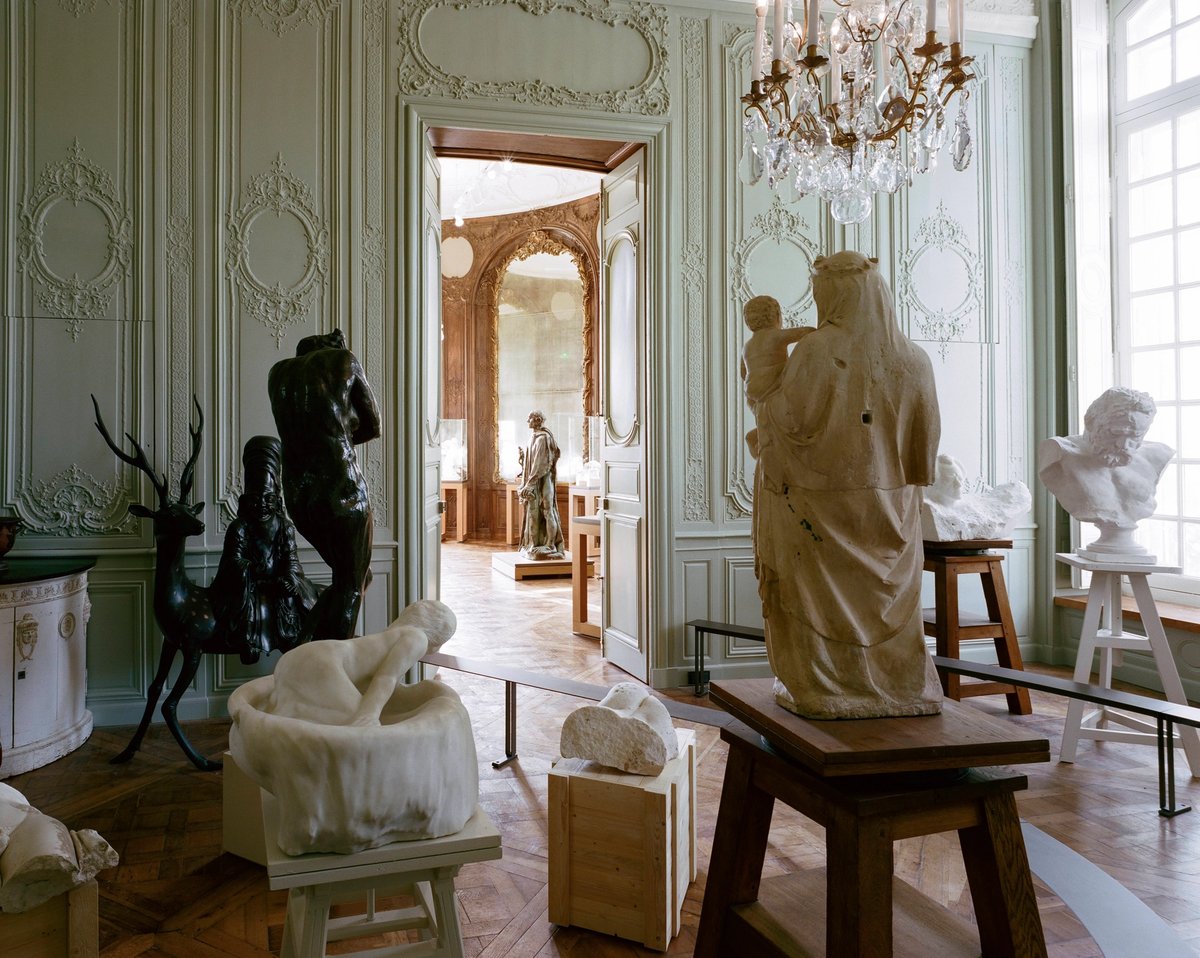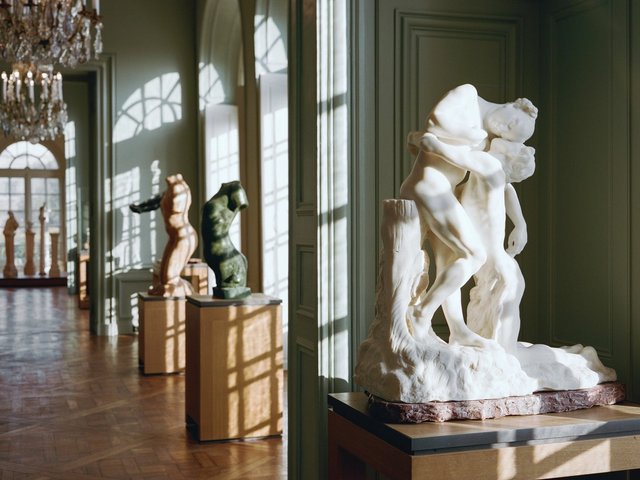The Musée Rodin in Paris is relying on its right to sell bronze cast editions of Auguste Rodin's sculptures in order to offset part of the financial loss caused by the coronavirus (Covid-19) crisis.
The museum, which reopened yesterday with 580 visitors (compared with 2,500 visitors per day in July last year), is primarily self-funded. Sales of casts of Rodin's bronze sculptures, limited to an edition of 12, comprise nearly 30% of the museum's revenue. Normally, the museum's annual revenue amounts to €11m annually: €8m from ticket sales, the shop, restaurant and renting its spaces, and €3m from the bronzes.
“This year, we've surpassed our objective from selling the bronzes and should make a profit of €1.4m,” Catherine Chevillot, the museum's director, tells The Art Newspaper. “But, with the pandemic, we have an estimated loss of €4.4m in revenue, so the sales' profit will lower our deficit to €3m.”
The museum was inaugurated in 1909, based on an economic model devised by Rodin, who donated his works to the French state. “He wanted to not only give his collection, works, archives and his house in Meudon [in the Parisian suburbs] but his author's rights and the mission to continue the original editions of bronzes,” Chevillot says.
Two years ago, the museum changed its policy around the editions, quadrupling the number of works that can be cast into bronze—an amendment allowed in the legacy bequest. “Our strategy is to increase the offer and opportunities for sales to new markets,” Chevillot says.

Rodin's The Kiss is among the works that can be cast © Musée Rodin (Photo: Cyrille Weiner)
Prices range from €50,000 for a small sculpture to eight-figure sums for monumental pieces. Some sculptures, such as The Thinker, have already reached their maximum number of 12 bronze editions. Others, however, can still be re-cast. One edition can still be made of The Kiss and four of The Gates of Hell. The Musée Rodin is keen to place these particular works in public institutions and museums, while others can also be acquired by private collectors.
So far this year, two large bronzes have been sold to a museum in the Middle East and last year the Santa Barbara Museum of Art in California acquired The Inner Voice. “The work of Rodin is all over the world; Rodin has been in the lead among French sculptors in public American collections for the last 100 years,” Chevillot says.
In another move, the museum has just launched an online donations page and has so far received €1,200 from private individuals. “The sums aren't enormous but it's encouraging,” Chevillot says.




